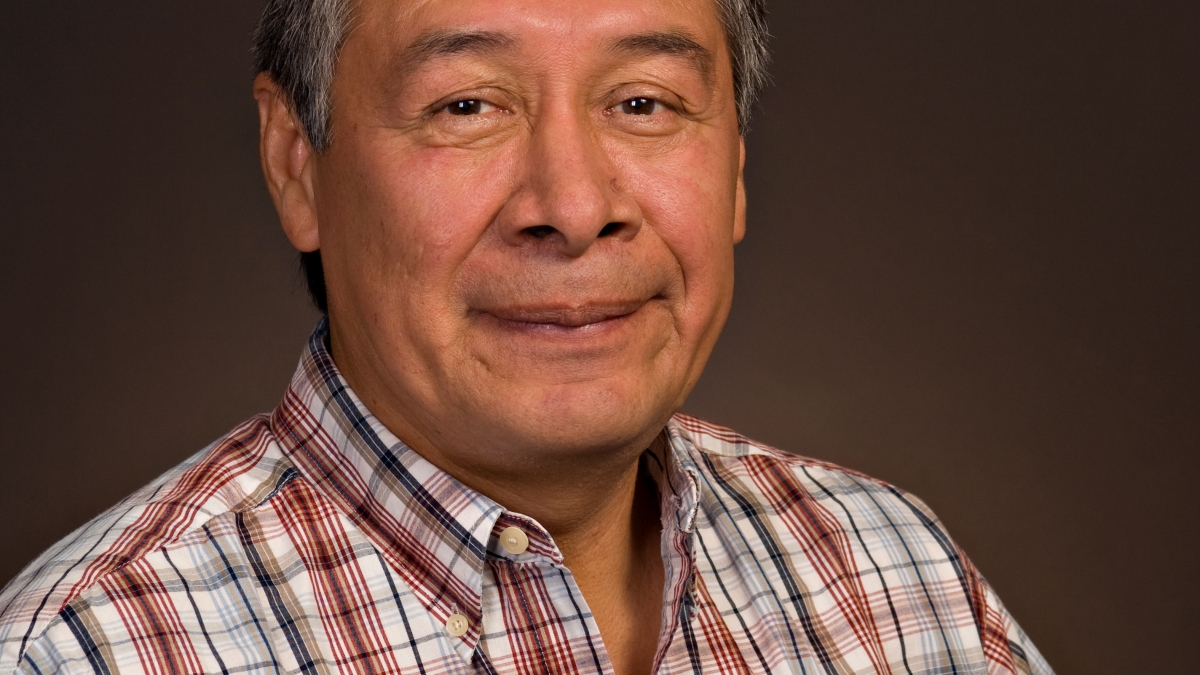Professor challenges historians to analyze history through eyes of American Indians

Those who write about American history have either ignored American Indians or presented a narrow, one-sided view of their history that shows a lack of understanding, according to Donald L. Fixico, Distinguished Foundation Professor of History at Arizona State University.
In a new book, he challenges academic historians to delve into the worldview of American Indians, which involves a mutual respect for all living things, called Natural Democracy, and a deep awareness of the metaphysical, including visions and dreams.
In “Call for Change: The Medicine Way of American Indian History, Ethos & Reality” (University of Nebraska Press), Fixico argues that the current discipline of American Indian history is insensitive to and inconsistent with Native people’s traditions, understandings and ways of thinking about their own history. He offers the “Medicine Way” as an indigenous paradigm to see both history and the current world through the eyes and experiences of Indians.
“We have a different mindset and logic, and it affects how we make our decisions,” says Fixico, who grew up in Oklahoma as part of the Shawnee, Sac & Fox, Seminole and Muscogee Creek tribes. “We believe there is medicine in everything - in the clouds, a rock, a meadow - and we seek to find balance in everything. We pay attention to the subconscious, because the physical and metaphysical are one intertwined reality.”
An example of historical events in which the Indian viewpoint is misunderstood is the Battle of Fallen Timbers in 1794, in which the Indians were thought to have fled in fear from U.S. troops. Fixico says that according to native logic, the Indians withdrew because a recent tornado had flattened all the trees, and they sensed they would lose the battle in a negative place of ill winds. It also was the time of the year in August to return to their families.
In a similar mindset, the severe defeat of U.S. forces at the Battle of Little Bighorn was foreseen in a vision Sitting Bull had three weeks earlier of “soldiers falling into his camp like grasshoppers from the sky.”
Understanding the Indians’ motivation and logic behind events can lead to different interpretations of history, says Fixico. Knowledge of their communal lifestyle explains the devastation wrought by the General Allotment Act that divided reservations into parcels for individuals. An awareness of their mythologies, many of which have a moral lesson, can shed light on events of the long-ago past as well as the current world.
The oral tradition is the foundation of American Indian history, Fixico says. Grandmothers have been the strongest keepers of the tradition, serving as the focal point of authority for the family.
Fixico believes that this indigenous scholarly approach to American Indian history fits within the discipline of Indigeneous Studies and can be applied to other world native communities, adding a measure of quality and depth to the field. His book describes how the Indian voice is formulated, giving a more complete picture to the past.
Fixico teaches in the School of Historical, Philosophical & Religious Studies in the College of Liberal Arts and Sciences, and also is affiliated with the School of Public Affairs. He has written or edited 12 books, including “The American Indian Mind in a Linear World” and “The Invasion of Indian Country in the 20th Century: Tribal Natural Resources and American Capitalism.”
His next book, “Indian Resilience and Rebuilding: Indigenous Nations in the Modern American West,” will be published in October by the University of Arizona Press.
For more information on the latest book, go to http://www.nebraskapress.unl.edu/product/Call-for-Change,675667.aspx.

